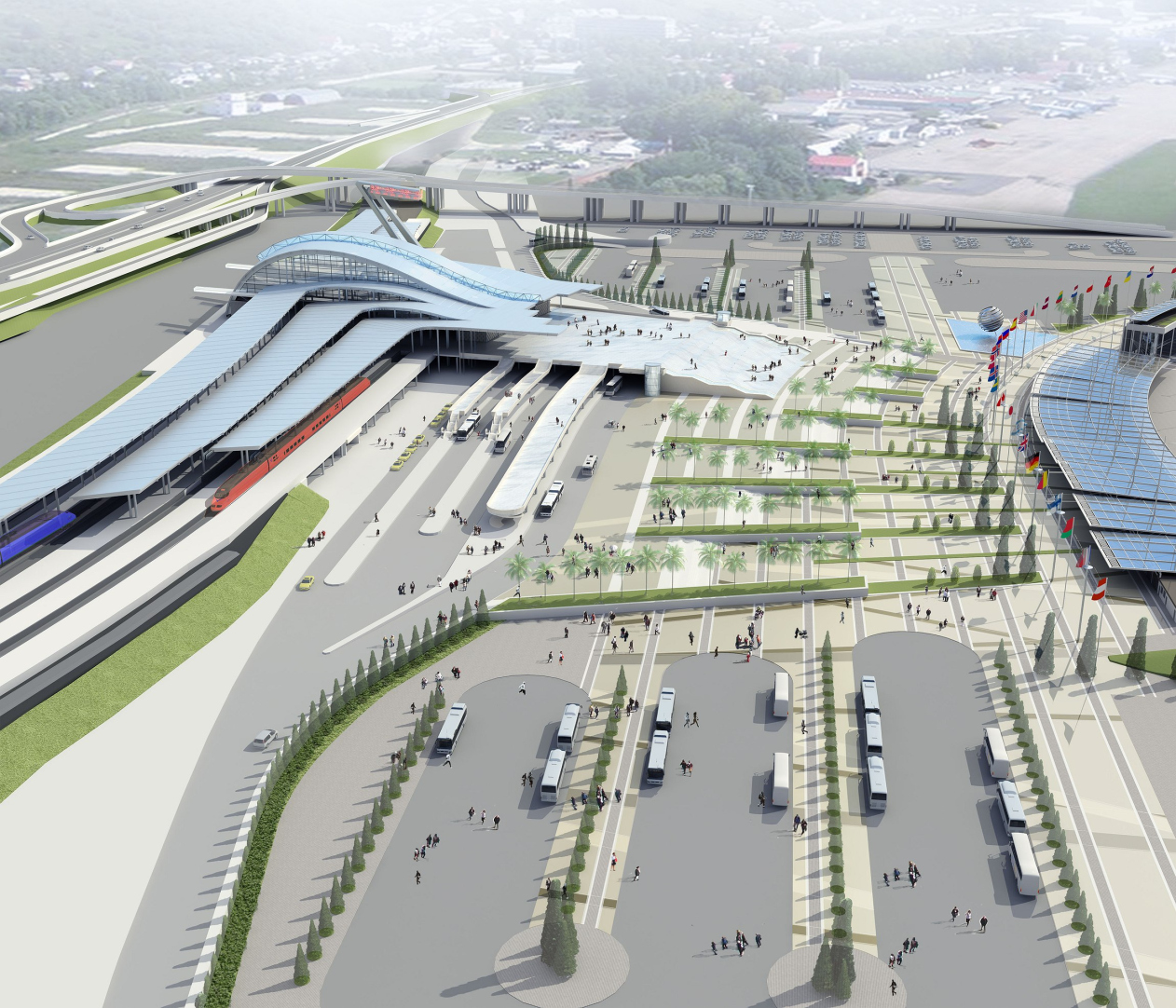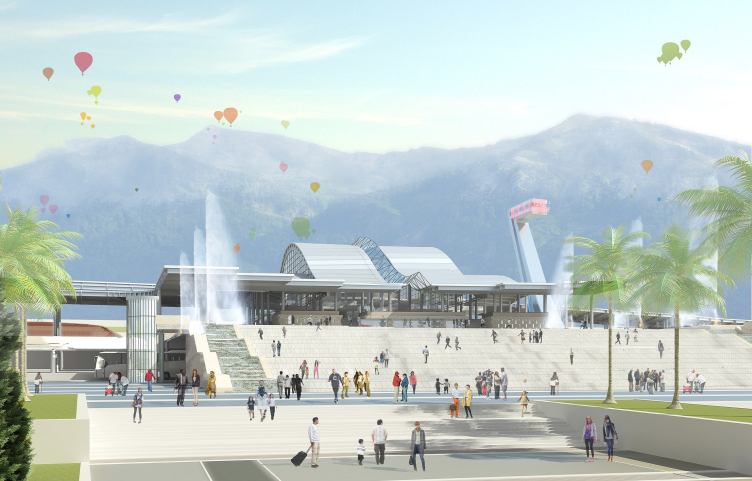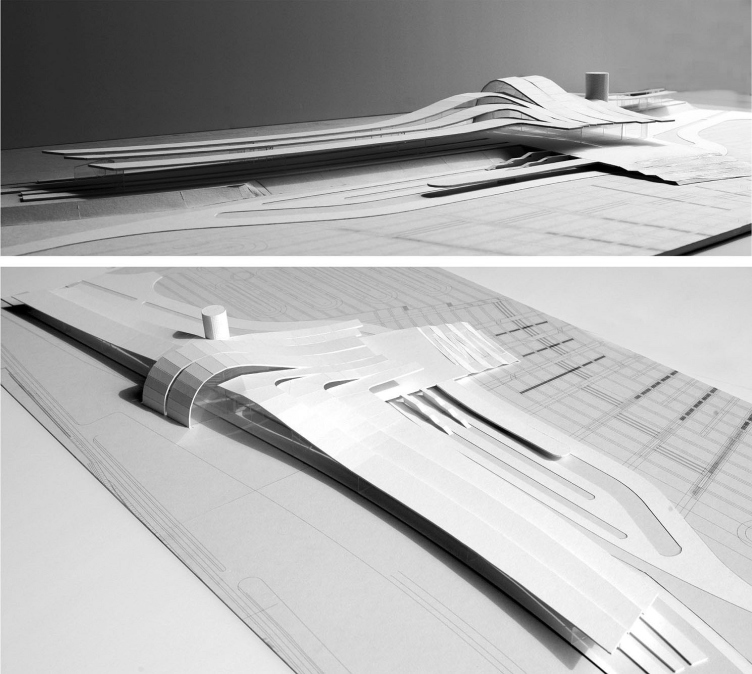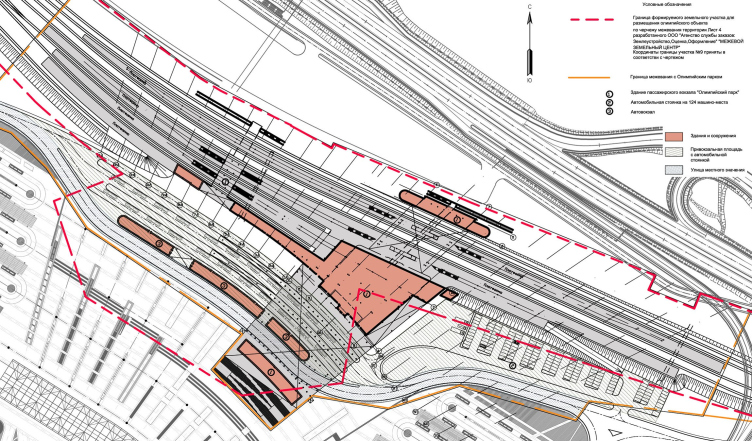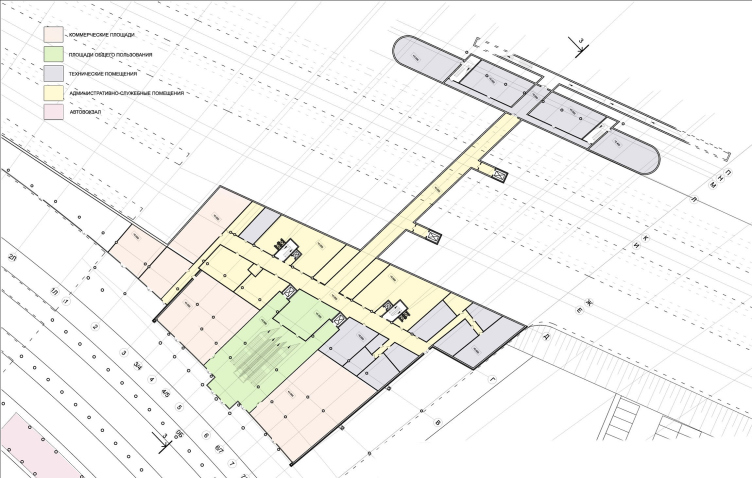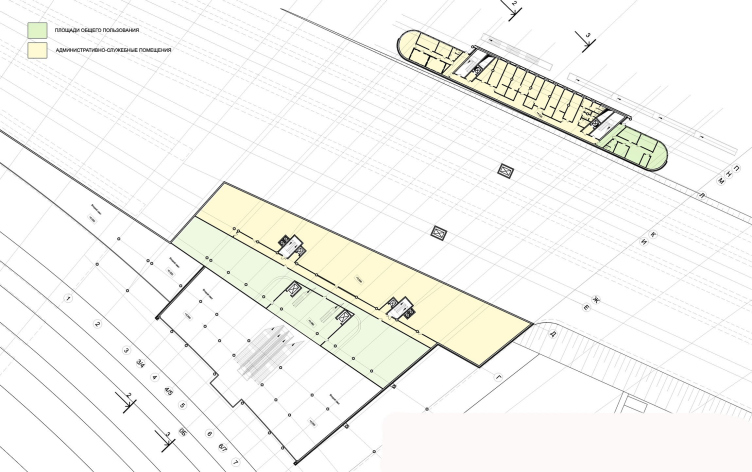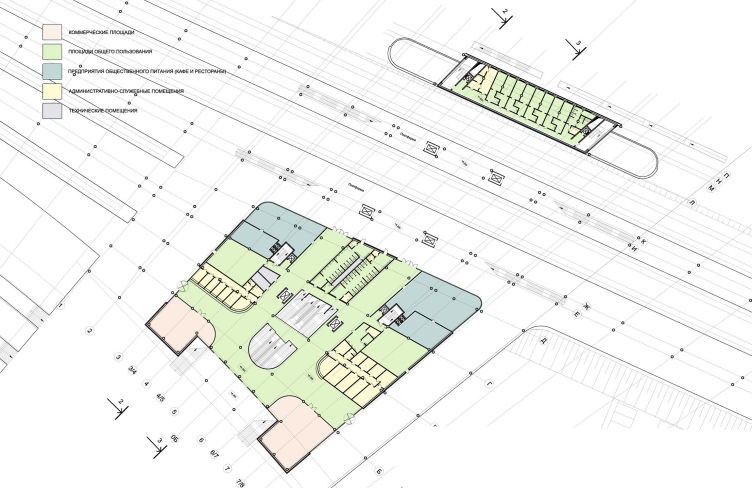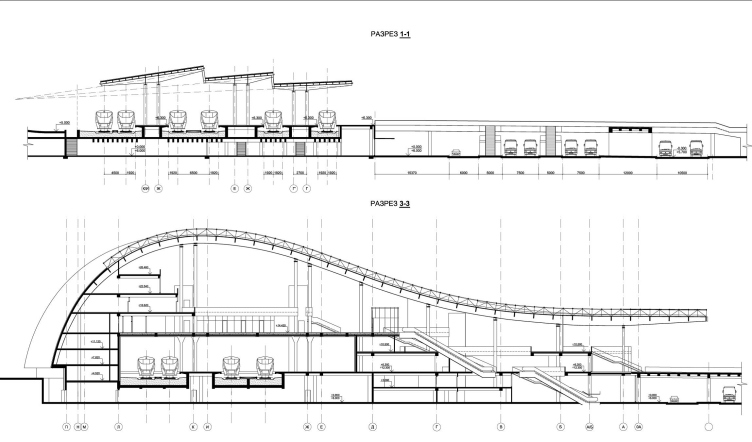A double knot
July 2010 there will be started construction of a new railway station in Sochi, one of the main passenger terminals of the forthcoming Olympic Games 2014, which will provide communication between Adler, Krasnaya Polyana, the international airport and Abkhazia. The architectural image of the facility was designed by “Studio 44”, they developed it considering landscape peculiarities and traditions of the seaside architecture.
